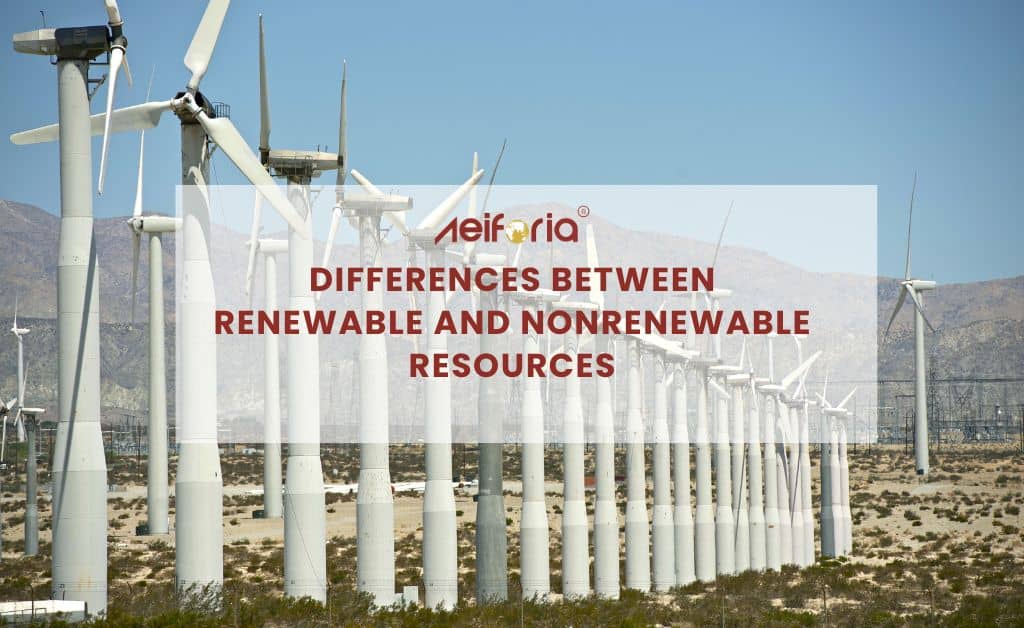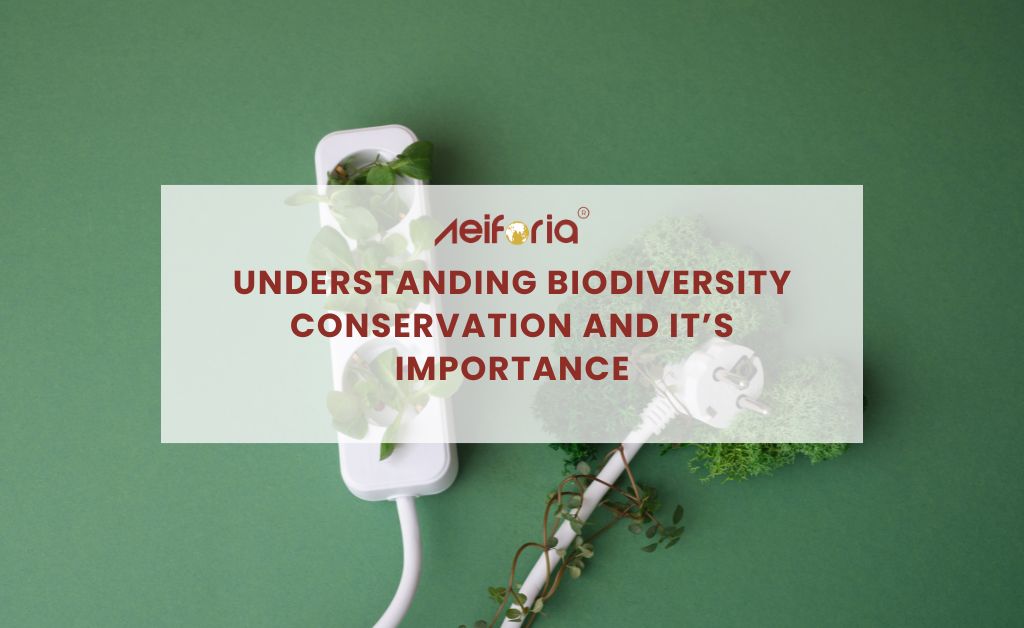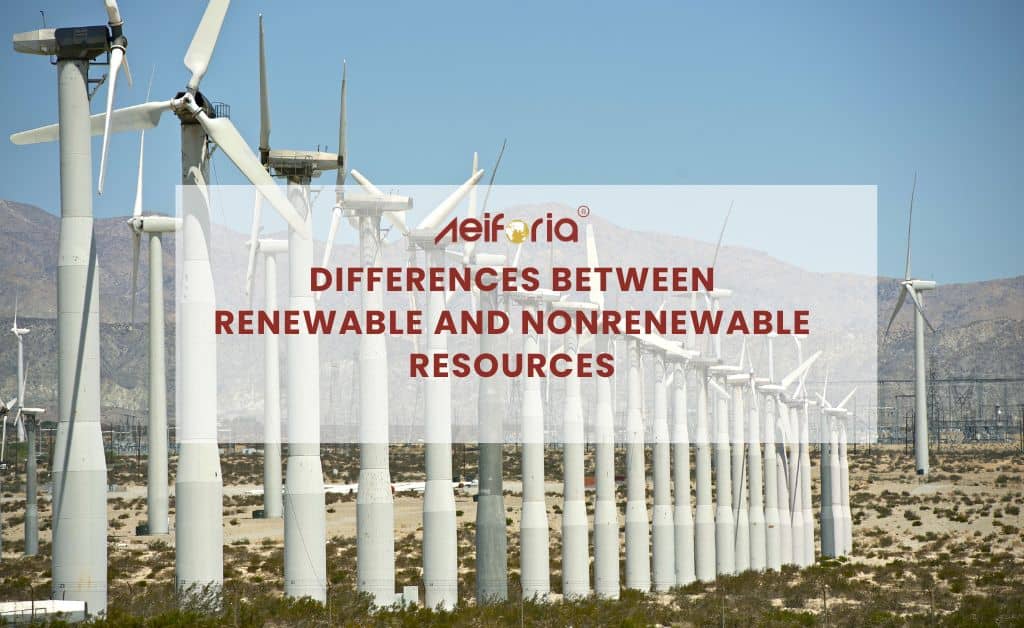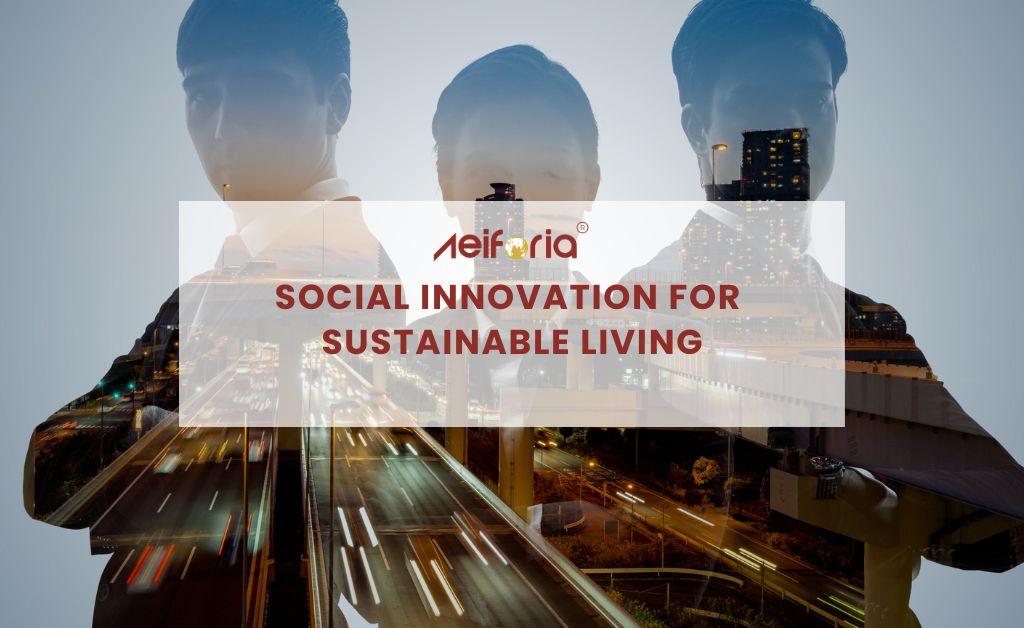
What are 5 Differences Between Renewable and Nonrenewable Resources?
When we talk about taking care of the environment and making sure we can keep using its resources, we often mention two main types: renewable and nonrenewable resources.
These are important because they affect how we live and the planet works. Let's break down the five main differences between renewable and nonrenewable resources so it's easier to understand why they're essential.
5 Differences Between Renewable and Nonrenewable Resources
Nature of Availability
Renewable resources are great because they naturally replenish themselves over time, so we can keep using them without worrying about running out. Things like sunlight, wind, and water keep them coming back. We can use them for energy and other needs without using all the resources. They're a sustainable solution because they don't rely on finite reserves that can run out.
Nonrenewable resources are different because they are gone for good once we use them. They don't renew themselves like renewable resources. Things like oil and coal are nonrenewable. We can only use what's already there; when it's gone, it's gone. This can be a problem because we might use them up faster than they form naturally. We must be careful to rely only a little on them and think about other ways to get what we need.
Environmental Impact
One of the primary advantages of renewable resources is their minimal environmental impact compared to nonrenewable counterparts. We don't release greenhouse gases or other bad stuff into the air or water using renewable energy like solar or wind power. This helps fight climate change and keeps the air and water cleaner. Plus, renewable energy usually doesn't mess up ecosystems as much, which is suitable for plants and animals.
Nonrenewable resources, especially fossil fuels, can cause significant environmental problems. Digging up things like coal and oil can mess up habitats, pollute water, and ruin soil. Burning fossil fuels releases greenhouse gases, worsening climate change and causing natural disasters. Plus, getting nonrenewable resources often involves damaging practices like mining in the mountains or drilling for oil in places that need protecting.
Energy Security and Independence
Using renewable energy makes us more secure and independent when it comes to energy. It's like having more options and relying less on importing fossil fuels from other places. Unlike nonrenewable resources that cause conflicts and price fluctuations, renewable energy can be produced right where we live in a way that keeps going without running out. This helps us be more self-sufficient and better able to handle any problems with getting energy.
Depending too heavily on nonrenewable resources, like importing a lot of oil and gas from other countries, can put a country's security and economy at risk. It can lead to problems like fights between countries and price fluctuations. Countries that rely heavily on getting energy from other places can have trouble when prices suddenly go up or if there are fights or natural disasters that make it hard to get energy.
Economic Viability
The renewable energy field has grown significantly in the past few years, and new technology has made it cheaper and more competitive. Cost-wise, things like solar and wind power are now just as good as fossil fuels. This has encouraged more investment and created jobs in clean energy industries. Plus, investing in renewable energy saves money in the long run, helps local economies grow, and encourages new ideas and businesses.
Even though nonrenewable resources have been significant for making energy worldwide, it's getting more complex and expensive to continue using them. As we use up more and more fossil fuels and it costs more to get them out of the ground, we consider whether it's worth it economically. Moving toward renewable energy makes more financial sense in the long run, mainly because it helps us reach our goals for keeping the planet healthy.
Long-Term Sustainability
Renewable resources are all about sustainability. They use natural processes that never run out and don't harm the environment. When we invest in renewable energy, we ensure we can continue using energy without causing problems for people in the future. Switching to renewable energy is super essential for reaching our goals of fighting climate change, keeping the environment healthy, and ensuring everyone has a fair and sustainable future.
Nonrenewable resources are different because they'll eventually run out, and we can't make more of them quickly enough for humans to use. Depending too much on these resources can cause significant environmental, economic, and societal problems. If we rely too much on nonrenewable resources, climate change, the need for more energy, and fights between countries can happen. Switching to renewable options is essential to keep going well for the planet and us.
In summary, the differences between renewable and nonrenewable resources go beyond categorizing them. They cover their availability, environmental impact, how safe our energy supply is, and whether they make sense economically and can last long without causing problems. Suppose we understand these differences and switch to using more renewable energy and managing our resources better. In that case, we can ensure the future is better for everyone.






